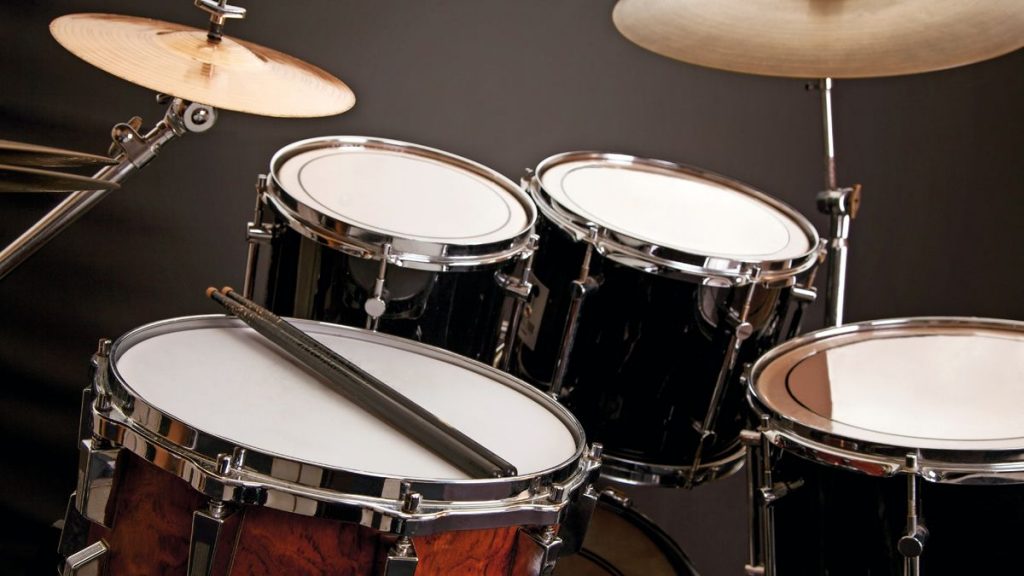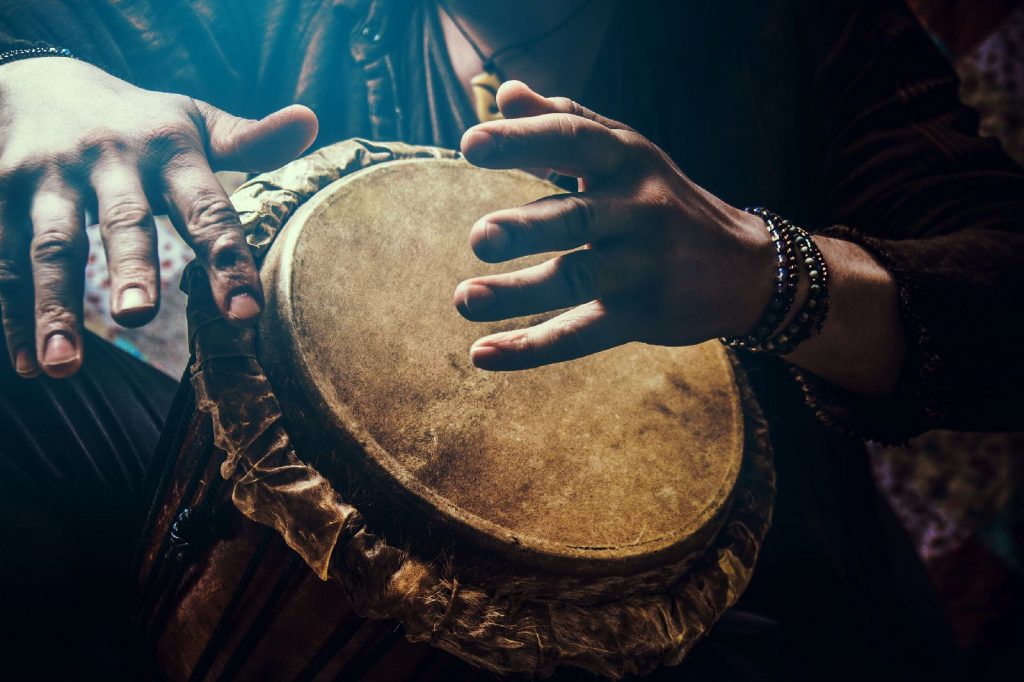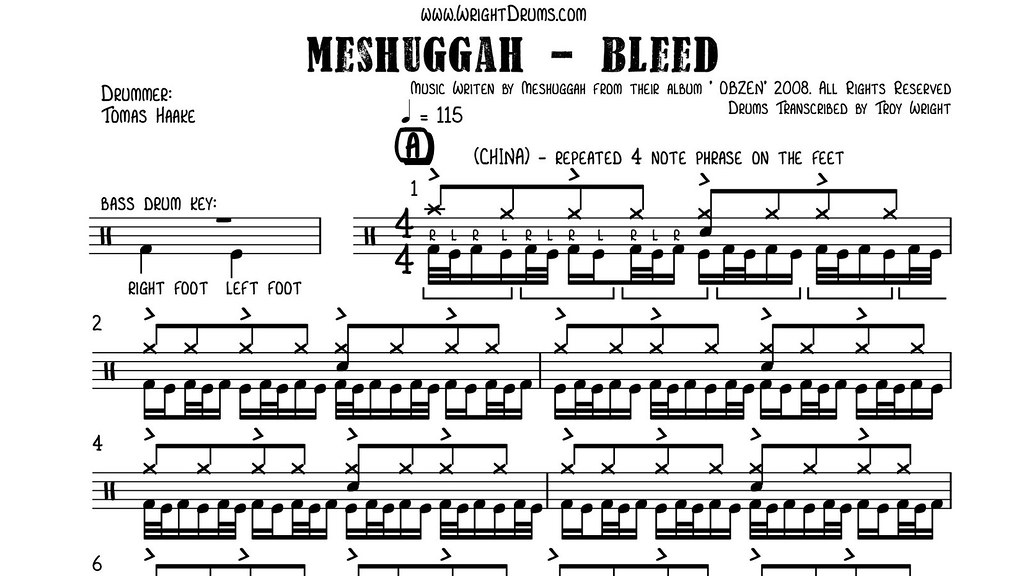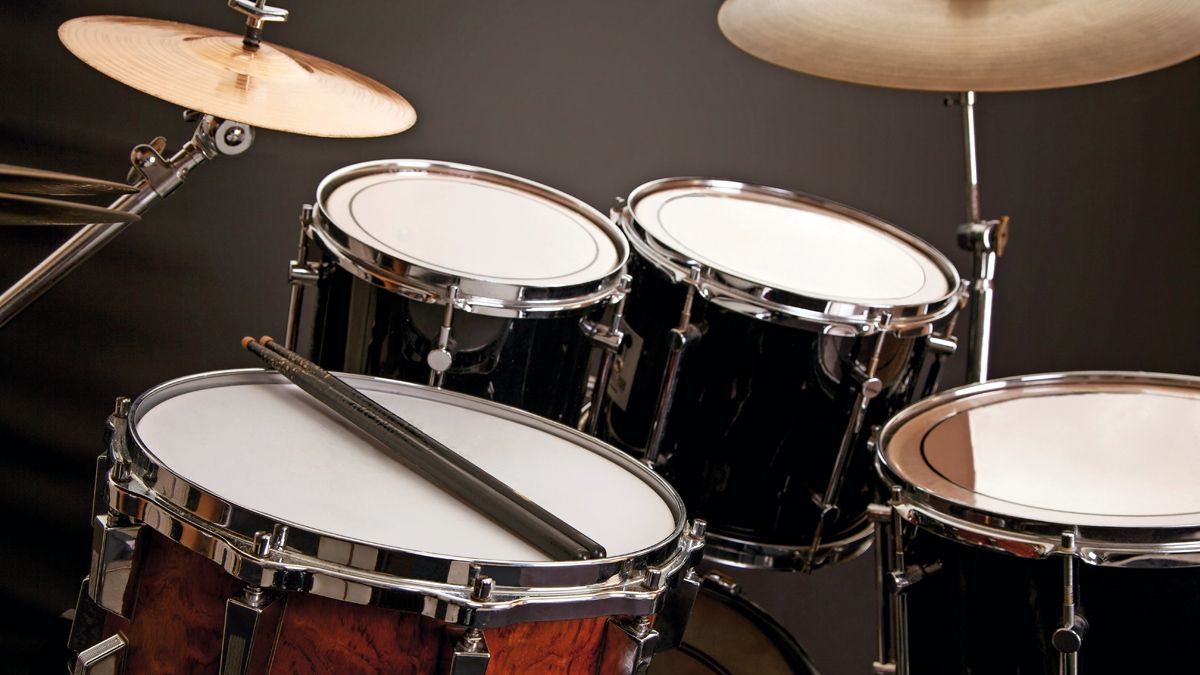Learn how to read drum tabs can be a lot of fun. But it goes beyond just knowing how to hit the drum heads to produce good sound.

The music sheets for drums are necessary for figuring out how to play parts of your favorite songs on a drum. With so much to learn in music, you can always find a great way to play your music like a professional.
In the article, we are going to learn how to read.
Understand that reading drum tabs are very important for a beginner. Many people will advise you to start learning drum sheet music as soon as possible, but you still need to learn and read the basics. This is where the music sheet for drums come in.
The drums Sheet music is a lot more structure and a superior approach to drumming. This is why you want to find time to learn the drum.
In the meantime, you need something that is simpler. Consider it as baby steps. This is why some songs even come with drum tabs, to help learners play along with the drum.
The structure of drum tabs

A drum Tablature or Tab is a method used for representing the necessary components for a drum player in music. It is just like normal music that contains instructions on what the musician needs to do with the drum. The drummer can mimic the drumming of a certain song using these drum tabs.
Today, learning the drums music sheet Tabs is very easy because the information is found on the internet. Drummers create them for other drummers.
Reading the drum music sheets is quite easy. You only need to know what needs to be done and go on time using one of the best metronomes for drummers on the market.
However, it gets confusing to a novice, especially with how it is arranged. Each drum tabs describes a beat, and the measures are well divided to present the right drumming pattern.
The drum tab is designed to give you an overview of what the piece needs. It is something that all skilled drummers use to learn new songs. Both beginners and professionals need these tabs to keep their rhythms in check.
Drum tabs arranged horizontally stand for a time, and those arranged vertically are for the who drum sheet music or cymbal. This means the arrangement lets you know the drum played in a specified time.
The most basic time signature in music is 4/4. On the other hand, most tabs are arranged with 16 ‘-‘symbols that stand for each 16th note.
When playing the drum, it is advised you count them out loud. Use 1 e & a 2 e & a 3 & a 4 & a. Sixteen notes are equal to one bar, and the| symbol separates each bar.
Note also the tab contains letters situated on the far-left side of the drum tab. Knowing these letters is crucial because they represent the drum on cymbal being played on the drum.
You can find letters such as;
C for Crash cymbal
H for hi-hat
S for snare and
B for bass drum
Notice the ‘timeline’ too, which bears an ‘o’. This always means a drum, whereas the ‘x’ stands for a cymbal. Where they are capitalized, the music demands that you hit stronger.
Some people make the drum tab notes easier by including timing. It is something that most don’t do either, and it can be a bit harder to get the right notes.
Another important thing to note is that drum tabs are informal and don’t have a standard structure. As you continue learning, you may find your own way of making the drum tabs look easier.
The drum and cymbal names can vary. For example:
- The ride could be R or Rd
- Crash – C or Cr
- High tom – St or T1
- Medium tom – Mt or T2
- Floor tom – Ft or T3
- Hi-hat – H or Hh
- Snare Drum – S or Sd
- Bass – B or Bd
– Repeated bars
In any music piece, you will find a lot of repeated bars, which is also a case with drum tabbing. In this case, the bars are notated above the rest of the information.
For instance, ‘repeat x7’ means the tab should be played seven times repeatedly before proceeding to the next.
Repeated bars are a common style that brings in the element of emphasis. The drummer needs to know where they are and how many times they have to be played.
– Legends in drum tabs
Sometimes a snare drum tab notes may contain what is called a ‘legend.’ This music notation is placed at the top and tells you what certain things mean. They are very easy to figure out.
For instance, you can find the tabber has added more information about the dynamics of the snare drum. Such information is usually meant to make your drumming much easier.
When you become a tabber, you will also find additional information to these pieces very functional. It is all about giving the drummer an easier time to figure out the best drumming approach.
Sheet music and Tabs

Sheet music is more advanced and is better in every way. It is more detailed, which means the drummer can expand their imagination to fall in line with the rest of the performance.
Tabs, on the other hand, are different because they are written specifically for drum tabs. It is not for the sound, like sheet music.
Also, sheet music is written using musical notes, whereas tabs use letters and different markings. Playing the drum becomes much easier if you understand tabs.
How do you read the tab?
Reading drum tab notes is very easy. This is why we said that it is a basic way of understanding drumming and music from the beginning.
But you need focus and determination to get the right information. It may seem easy, but there are a number of steps involved. Once you know them, nothing will stop you from becoming a pro.
– Know your drums
The first step is knowing which drum to use. There is an abbreviation stating parts of the drum set used at the beginning of each line, or staff.
Other drum or cymbals may also be used within the song, but will not feature if they are unnecessary.
Common abbreviations include:
- BD – for bass drum/kick
- SD – Snare
- HH – Hi-hat
- HT/T1/T – low tom/ rack 2
- FT- floor tom
- RC – Ride cymbal
- CC – Crash Cymbal
It is vital to know parts of the kit, which are distinct. If you can understand these notations, you are halfway through reading drum tabs.
– Understand how drum tabs are written
There are nine parts of a full drum kit, which are written in the following order:
- CC
- HH
- Rd
- SN
- T1
- T2
- FT
- B
- Hf
They start from top to bottom, whereas the musical instructions are written from left to right.
For instance, it can be written like this;
– HH x-x-x-x-x-x
– SN -o- -o- -o- -o
– B -x- -x- -x- -x-
In this case, there are three parts of the bass drum kit being used, the bass drum tabs, the snare, and the HH. It also shows when to play each piece during a music count of 16 beats. If you look closely, each component’s rhythm line has 16 marks on each line, which means 16 beats. The dashes are instructions not to strike the instrument during the specific beat. The cymbals x and o, or any other, tells you to strike.
– Read the beat
Sometimes tabbers add the beat above the staff. It is often divided into 8th and 16th counts. The beat does not repeat on the subsequent lines.
– Know how to strike them
As stated above, the symbols indicating when and what to hit can be written in upper or lower cases. It shows you how hard to hit.
- o – strike, or normal hit
- O accent of hit harder
- g – ghost or quieter hit
- f – flam
- d – double stroke
For the cymbals
- x – Strike on cymbal or hi-hat
- X – hit harder cymbal or lose hi-hat
- o – hit the open hi-hat
- # – choke
– Start slow and accent
Start with basic examples. It takes a lot of practice to perfect these skills and read drum tabs with precision. The good news is, there are several software and online information that can help you through.
How do you read drum tab numbers?
Drum tabs also include tab numbers. And just like the letters, they all represent something.
The most common numbers are the repeat times and the time signature.
They are usually explained in the ‘legend.’ Hence, they are not very hard to follow.
Are there tabs for drums?
Yes. There are tabs for drums. In fact, drums tabs are different from sheet music because they are made specifically for the instrument.
Do you need to read music to play drums?
There is no right or wrong answer here. If you decide to play by ear, there are certain pros and cons you just have to face. Also, playing with written music can be beneficial, but with some negative sides as well.
You need to be a good listener and reader to be the best. Drummer, who starts in a school, always begins by reading music.
You won’t necessarily be a better musician just because you can read music, but it improves your general understanding.
Conclusion
Drum tabs are very easy to follow. I hope this guide has shed some light on this topic. You will find them very easy to understand.



